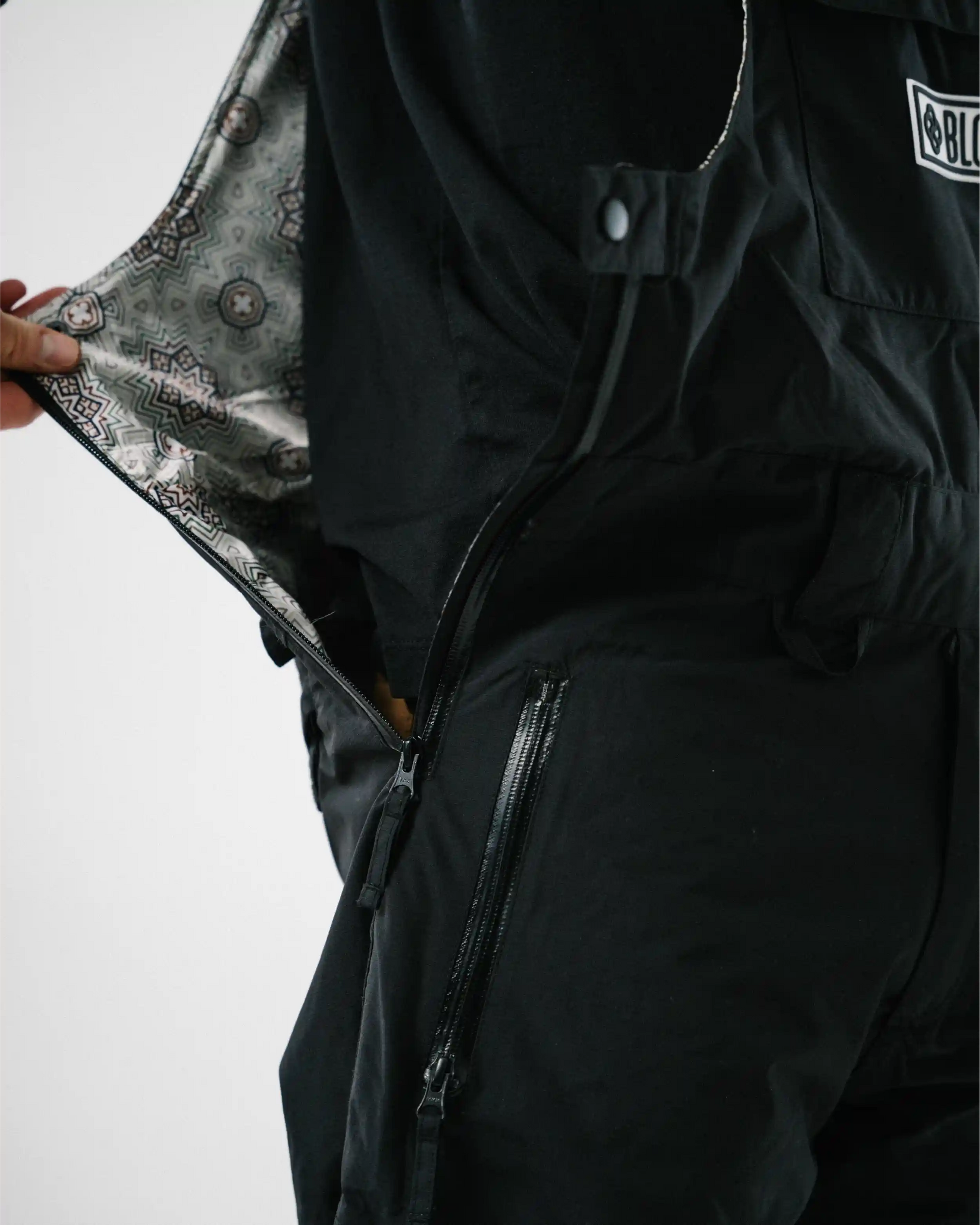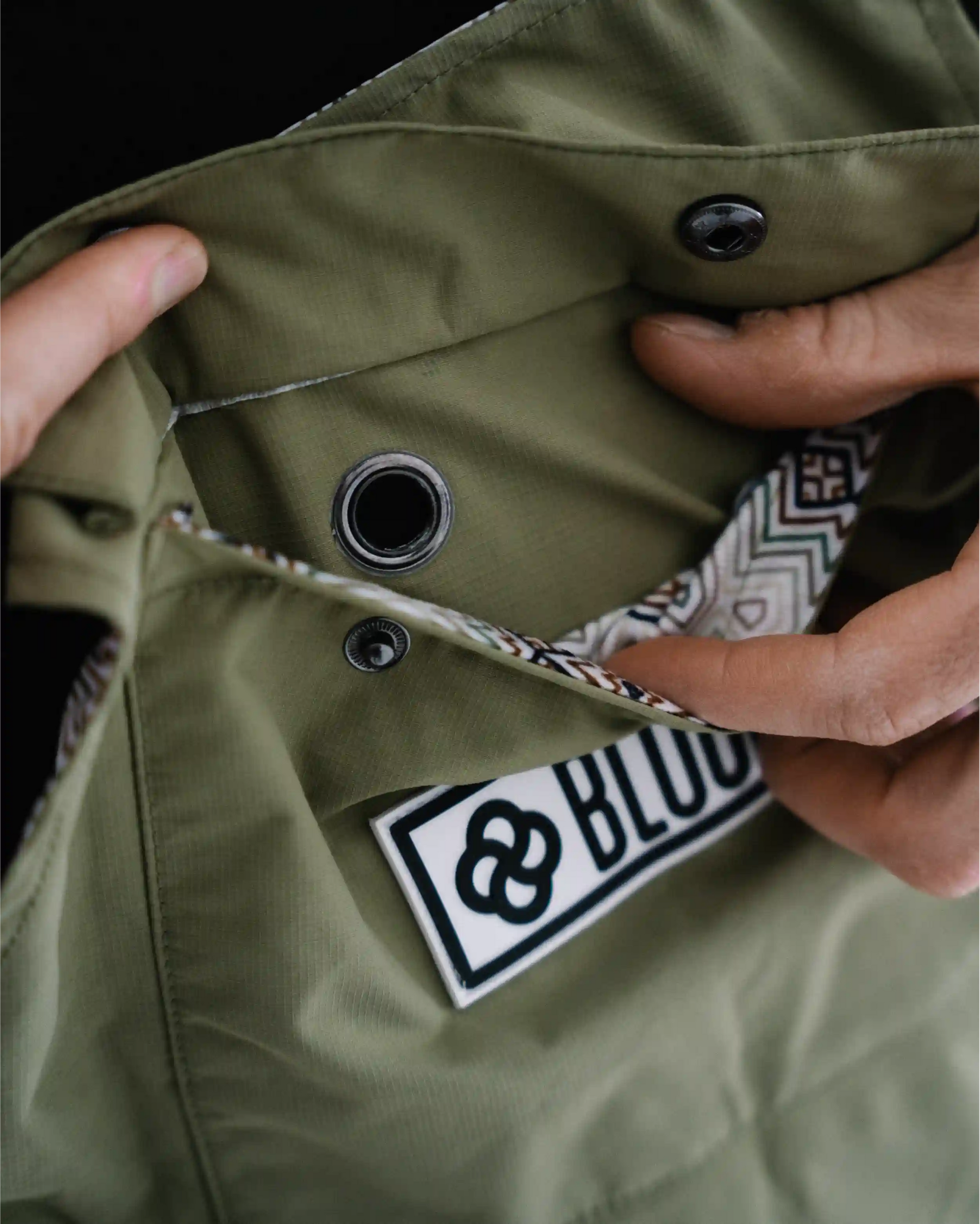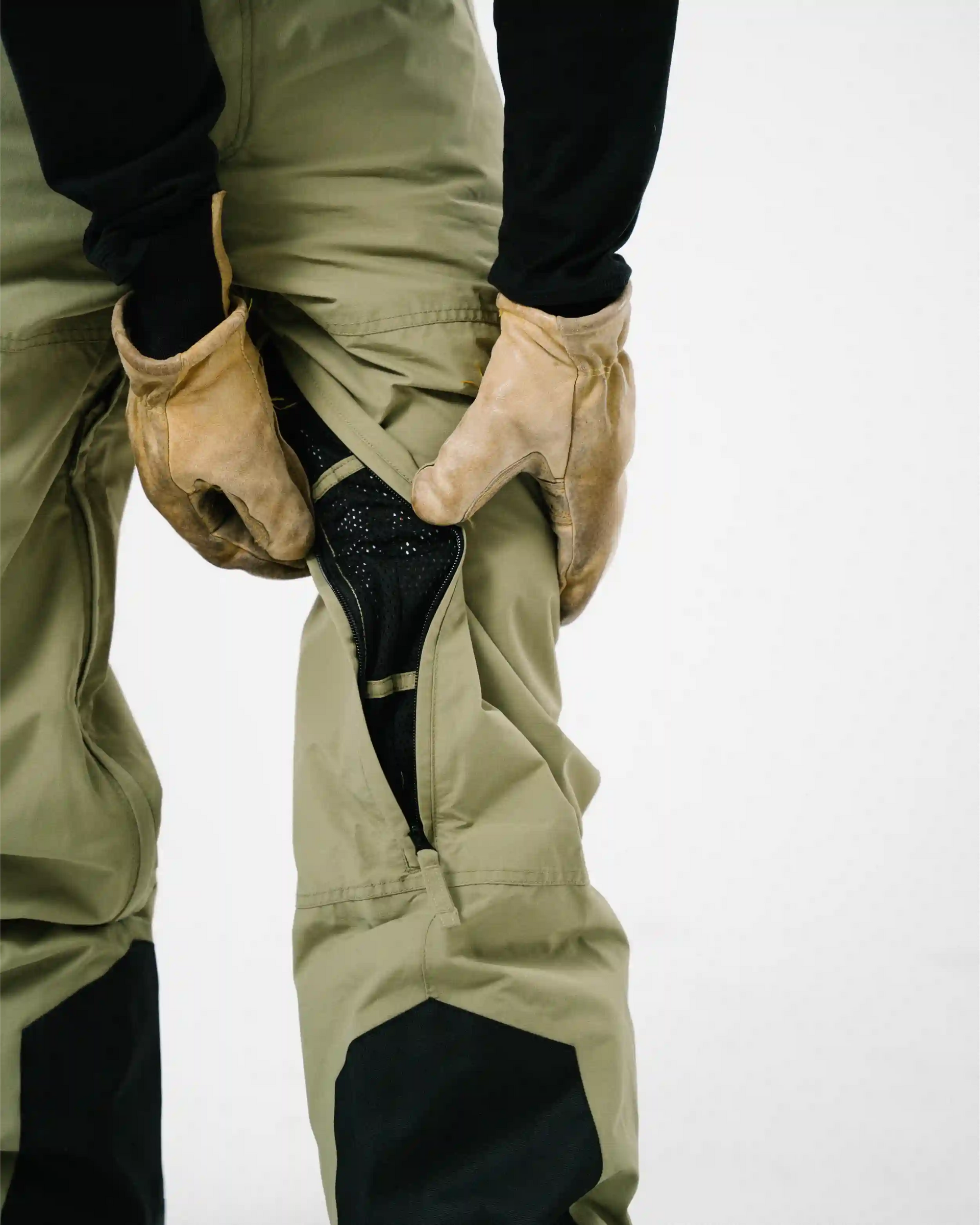The Best Ski Bibs

Built By Colorado Skiers
If you're looking for the best ski bib for all-mountain freeride, look no further than our Rove pant: an affordable shell built with tough fabrics, waterproof zippers, and a relaxed fit.
- Versatile
As a 20k shell, this bib is highly weather resistant, keeps moisture out, and is very adaptable to changing winter conditions making it perfect for all-season use. - Built to last:
Constructed with tough Ripstop & Cordura fabrics that prevent and deflect damage caused by ski edges, tree branches, and more. High-stress seams are reinforced with bar tacks - a stitch that strengthens weak points. - By skiers for skiers:
We are skiers. Been exploring the Rockies for over 30 years. We make gear that we like and hope you do too.
Rove Ski Bibs
Free Shipping
Free 3-6 day shipping worldwide.
Delivered duty free.
Risk Free
Free exchanges, returns, and 100% money back.
Bib Features




Ski Bib FAQs
Ski Pants or Bibs?
When it comes to choosing between ski pants and bibs, we have always favored bibs for several reasons:
- Bibs are more comfortable
Ski bibs eliminate the need for a belt and feature a wider cut through the hips and torso, enabling a greater range of motion. Skiing or snowboarding in bibs is easier and feels freer. - Bibs keep snow out
Snow gets into regular ski pants easily, especially on powder days, leaving your underlayers wet, cold, and uncomfortable. With the additional paneling & protection on bibs, you stay dry. - Bibs are warmer
A broader fit through our bibs' torso & hip areas allow you to tuck in base layers resulting in warmer ski days and greater heat retention.
How Should Ski Bibs Fit?
When choosing ski bibs, always leave some wiggle room. Bibs that are too tight can restrict movement and limit layering on cold days.
We recommend sizing up from your normal specs. For example, I typically wear a size 32 waist in my day-to-day pants but opt for a size 40 waist in our men's ski bibs. This comfortably allows room for base layers without being too baggy and enables freer movement on the slopes.
A slightly longer inseam compared to what you normally wear is also desirable, as it provides more coverage for your ski or snowboard boots. The extra length, combined with boot gaiters, helps prevent snow from getting into your pant legs.
What should I wear under ski bibs?
If you’re wearing a shell pant such as our Rove Ski Bib, we recommend smart layering on colder days to ensure warmth and comfort.
For your baselayer, start with a moisture wicking fabric that dries quickly such as polypropylene or merino wool.
Next, throw on an insulated and breathable midlayer that traps in heat, but allows moisture to escape. Nothing is warmer than down. However, if it gets wet, it loses it thermal properties. For this reason, fleece is the superior option. It's lightweight, breathable, dries quickly, wicks moisture, and is almost as warm.
For your outer layer, we recommend a lightweight hardshell to shield you from moisture and keep your base layers dry. Our Rove Ski Bib is windproof, waterproof, and offers exceptional breathability.
When the temps rise, shed your base layers accordingly. On really hot days, a pair of athletic shorts under your shell pant will suffice.
Insulated or Shell Pant?
As someone who has skied for over 30 years, I have always favored the comfort and versatility of shells over insulated ski pants. During the warmer months of ski season, insulated pants trap in heat and moisture, resulting in swampy discomfort.
We have never made insulated ski pants for this reason. Shells offer great performance in the cold when paired with smart layering and are the best once the warmer months of ski season hit: shed those baselayers, open the vents, and savor the sunshine.



